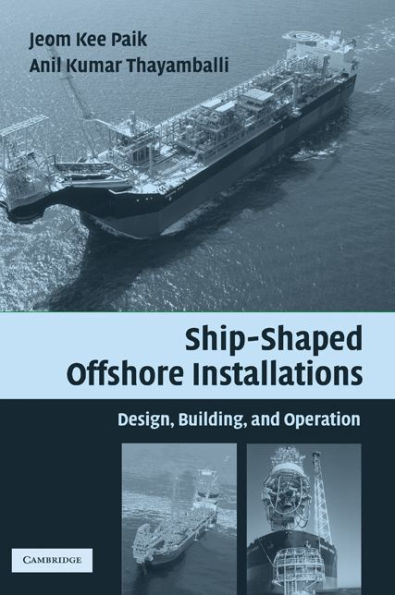Jeom Kee Paik is Professor of Ship Structural Mechanics at Pusan National University, Korea and an internationally acclaimed authority on limit states design and assessment of ships and offshore structures. Prof. Paik has been a member of the working group for development of ISO Code 18072 on ships and marine technology and Chairman of the ISSC (International Ship and Offshore Structures Congress) committees on condition assessment of aged ships, and on ship collisions and grounding. Dr Paik is Editor-in-Chief of an international journal, Ships & Offshore Structures (SAOS). He is a Fellow, Council member, Korean branch chairman and a Publication Committee member of the Royal Institution of Naval Architects (RINA), UK, and a member of Technical & Research Steering Committee of the Society of Naval Architects and Marine Engineers (SNAME), USA. Prof. Paik is the co-author of Ultimate Limit State Design of Steel-Plated Structures. Prof. Paik is the author or coauthor of over 500 publications in refereed journals, conference proceedings and research reports and several book chapters.
Anil K. Thayamballi is senior staff consultant and engineering advisor with the Marine Services Group of Chevron Shipping Company in San Ramon, California. He is a specialist in marine structural design and life cycle care, with some 25 years of broad ranging experience in ship-shaped structures. He has served on the ASCE (American Society of Civil Engineers) Committee for Fatigue and Fracture Reliability, the American Petroleum Institute Resource Group RG-4 on Structural Element behavior, and on the ISSC Technical Committee on Design Procedures and Philosophy, including as its Chairman. He recentlycompleted a term as Work Group Chairman for the Tanker Structure Co-operative Forum, and continues to be involved in the Forum activities. He currently serves on the Marine Technology committee of the Society of Naval Architects and Marine Engineers (SNAME) in New York. Dr Thayamballi is also a member-at-large of the Structural Stability Research Council, and a member of the Royal Institution of Naval Architects. Dr Thayamballi is the author or co-author of over 60 refereed technical publications and Ultimate Limit State Design of Steel-Plated Structures.



